Tag: Trent’s Reach VA
Wikipedia says; The Battle of Trent’s Reach was one of the final major naval battles of the American Civil War. Beginning on January 23, 1865, a powerful flotilla of Confederate warships bombarded Fort Brady along the James River and engaged four Union Navy ships with the intention of breaking through the blockade to attack City Point, the base of General Ulysses S. Grant who was besieging Petersburg, Virginia. After two days of fighting, the rebels withdrew back up the river without completing their objectives.
Confederate forces were under the direction of Commodore John K. Mitchell who commanded the James River Squadron in his flagship, the ironclad CSS Fredericksburg. Weighing an estimated 2,500 tons, the Fredericksburg was a formidable opponent armed with one 11-inch smoothbore cannon and three smaller rifled guns. The ironclad rams CSS Richmond and CSS Virginia II also participated in the attack. Richmond weighed an estimated 800 tons and carried six guns. The 650 ton Virginia II was armed with four guns and had a crew of about 150 officers and men, the same complement as the other two ironclads. Confederate forces deployed eight other vessels, three of which were lashed to the sides of the ironclads and the torpedo boat CSS Scorpion was towed down river by the gunboat Drewry. The other vessels were the gunboats Nansemond, Hampton, Beaufort and Torpedo, each armed with one or two guns and displacing 100 to 200 tons. The torpedo boats CSS Wasp and CSS Hornet were the last two ships in the fleet. All three of the torpedo boats carried only one spar torpedo and they were not used in the engagement at Trent’s Reach. Commodore Mitchell’s orders were to take his squadron down the James River to attack a supply base at City Point which belonged to General Grant’s Union Army that had recently taken over the area as part of the Petersburg Campaign. However, to get to the base, the rebels had to fight their way past multiple obstacles in and along the river, including warships, a naval mine field and net, Fort Brady, and four shore batteries.
Naval mines, then known as torpedoes, were widely used in the war due to their effectiveness, so to keep the rebels from sailing down the James River, the federals established a line of them from bank to bank, behind it was a net in case any of the explosives came free. The Union fortifications were under the command of Colonel Henry H. Pierce of the 1st Connecticut Heavy Artillery Regiment, mounting over thirty guns altogether. The naval forces were under Captain William A. Parker of the James River Flotilla, who led his force from the 2,592 ton ironclad monitor USS Onondaga which carried two 15-inch smoothbore Dahlgren guns and two 150-pounder Parrott rifles. At the time Onondaga was the only Union monitor on the river though she was accompanied by the side-wheel gunboats USS Massasoit and USS Hunchback. USS Massasoit was a large ship, weighing 974 tons, so she was fitted out for ten guns of different sizes, including two 100-pounders. Hunchback weighed 512 tons and had an armament of four guns, one a 100-pounder. The small torpedo boat USS Spuyten Duyvil was involved in the battle as well, though because she was an experimental craft, equipped with a spar, the vessel did not participate in any actual fighting.
Showing 1–16 of 32 results
-
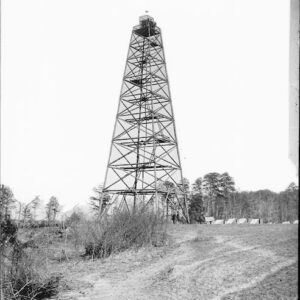
Image ID: ABFL
$4.99 – $6.99 -
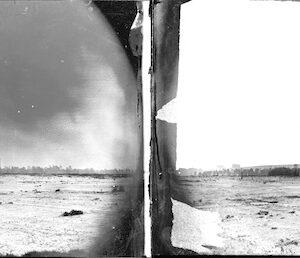
Image ID: ABMK
$5.99 -
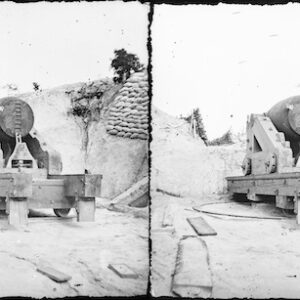
Image ID: ABMM
$5.99 -
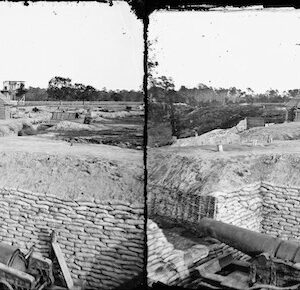
Image ID: ABMO
$5.99 -
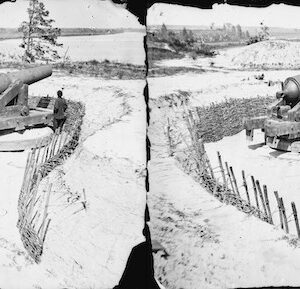
Image ID: ABMX
$5.99 -
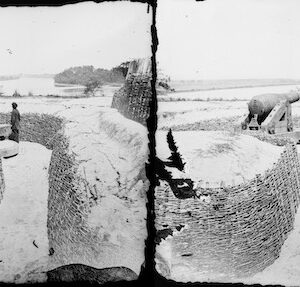
Image ID: ABMY
$5.99 -
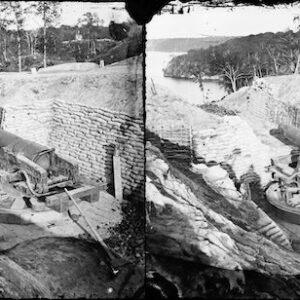
Image ID: ABMZ
$5.99 -
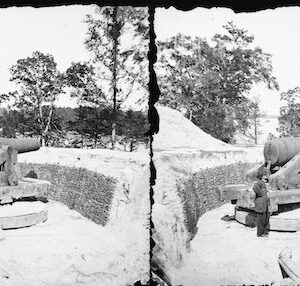
Image ID: ABNA
$5.99 -
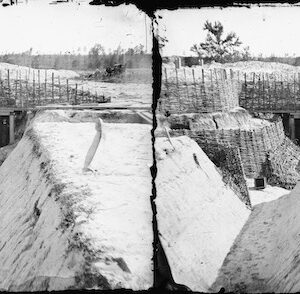
Image ID: ABNB
$5.99 -
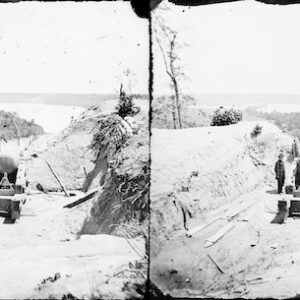
Image ID: ABND
$5.99 -
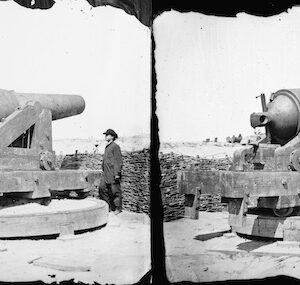
Image ID: ABNM
$5.99 -
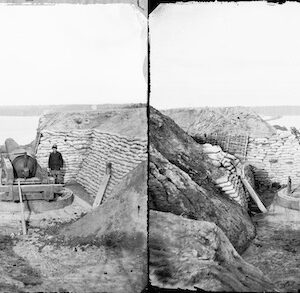
Image ID: ABNP
$5.99 -
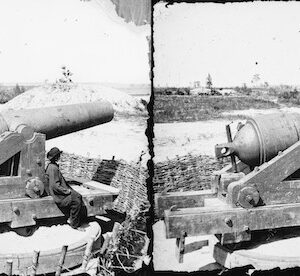
Image ID: ABNQ
$5.99 -
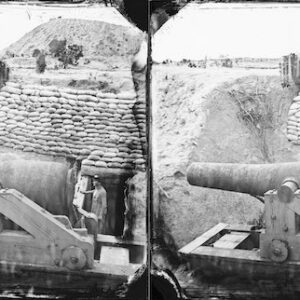
Image ID: ABNR
$6.99 -
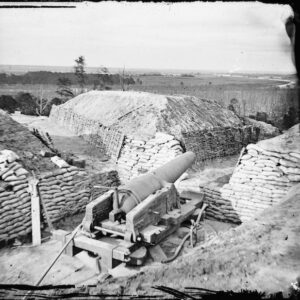
Image ID: ABOT
$5.99 -
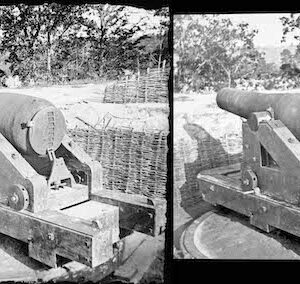
Image ID: ABPA
$0.99 – $5.99